Chat With Us
+91 99253 37969How to Achieve Optimal Results in Ploughing?
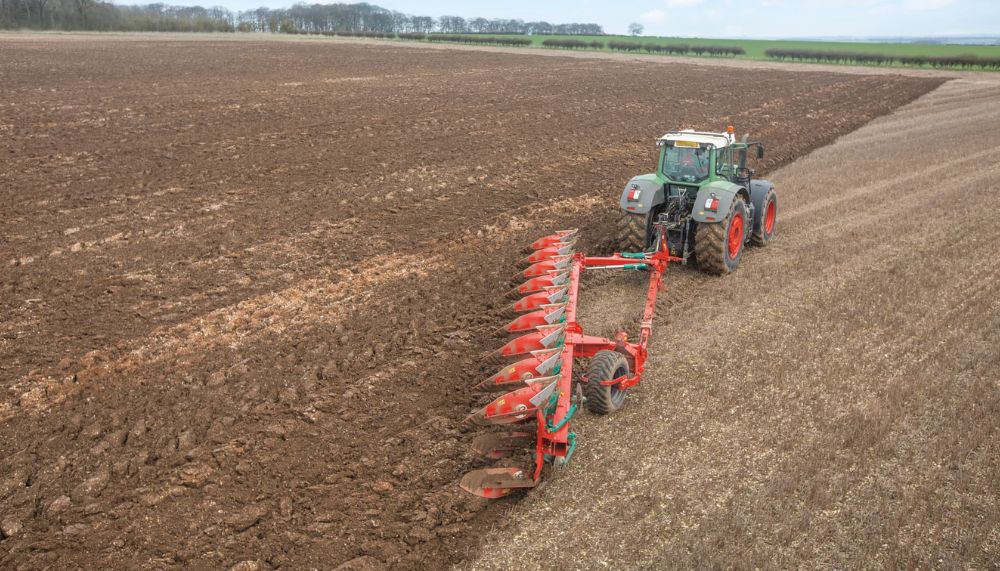
Ploughing is a fundamental agricultural practice that prepares the soil for planting by turning it over and breaking it up. Whether you're using a reversible disc plough or a reversible MB plough, achieving the best results requires proper technique, equipment maintenance, and an understanding of soil conditions.
Let's explore some essential tips to help you maximize efficiency and yield in your ploughing operations.
Understand Your Ploughing Equipment
Before diving into the field, it's important to understand the equipment you're working with. Reversible disc ploughs and reversible MB ploughs are both popular choices for their efficiency in breaking up and turning over soil.
1. Reversible Disc Plough
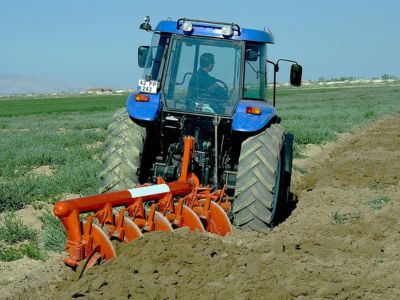
Disc plough uses a set of discs arranged in a series, typically mounted on a frame. It cuts through the soil, breaking it into finer particles and turning it over. The discs are adjusted for depth and angle, making them versatile for various soil types and conditions.
2. Reversible MB Plough
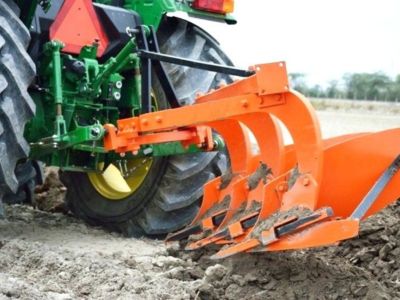
The MB plough, short for mouldboard plough, features a curved blade (mouldboard) that turns the soil slice completely, burying weeds and previous crop residue effectively. It's known for its ability to invert and bury soil layers, improving soil structure and water penetration.
Preparation Before Ploughing
Proper preparation ensures smooth ploughing and prevents unnecessary downtime. Here are essential steps to take before starting:
1. Inspect and Maintain Equipment
Check your plough thoroughly for any damage or wear. Ensure blades are sharp and discs are correctly aligned (for disc ploughs) to avoid uneven ploughing and excessive strain on the tractor.
2. Adjust Settings
Set the plough depth and angle according to soil conditions and the depth at which you want to turn the soil. Adjusting these settings optimizes efficiency and ensures consistent results across the field.
3. Soil Moisture Considerations
Ploughing is most effective when the soil has the right moisture content. Soil that is too wet leads to clumping and compaction, while overly dry soil may be challenging to turn over. Aim for moist soil that breaks apart easily but isn't too sticky.
Techniques For Effective Ploughing
Effective ploughing involves more than just driving through the field. Here's how to achieve optimal results:
1. Maintain Consistent Speed
Drive at a steady speed that allows the plough to work effectively without causing excessive strain on the tractor or equipment. This speed varies depending on soil type and plough size.
2. Overlap Passes
Overlapping each pass slightly ensures thorough coverage and prevents missed spots or uneven ploughing. Adjust the overlap based on the width of your plough and tractor size.
3. Pay Attention to Depth
Ploughing depth affects soil structure and root development. Adjust the plough depth as needed to reach the desired soil layer while avoiding unnecessary disturbance of deeper layers.
4. Monitor Soil Conditions
Keep an eye on how the soil responds to ploughing. Adjust settings and techniques accordingly to achieve the desired tilth and texture.
Post-Ploughing Care
After completing ploughing, consider these steps to maintain soil health and prepare for planting:
1. Level and Smooth Soil
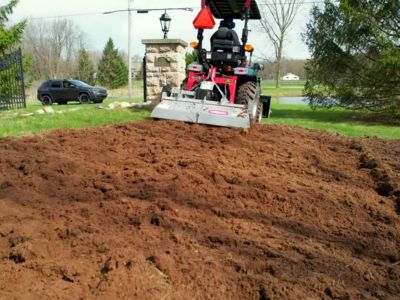
Use a harrow or other suitable implement to level the soil surface and break up large clumps. This promotes even seedbed preparation and improves seed-to-soil contact.
2. Soil Amendments
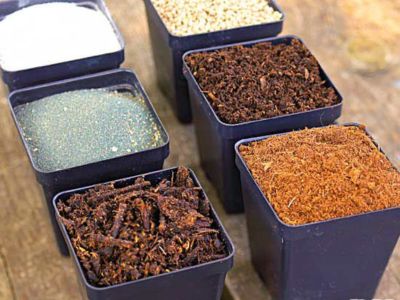
Depending on soil test results, consider applying organic matter or fertilizers to enrich the soil and provide essential nutrients for plant growth.
3. Cover Crops
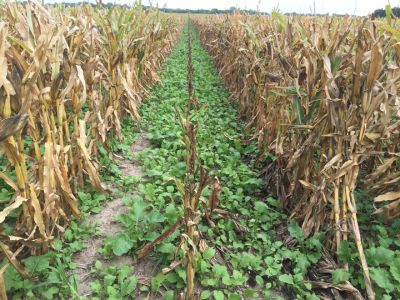
Planting cover crops after ploughing helps prevent soil erosion, suppress weeds, and improve soil fertility. Select cover crops based on your crop rotation plan and soil improvement goals.
Conclusion
Achieving the best results in ploughing requires a combination of proper equipment operation, preparation, and understanding of soil conditions. Whether you choose a reversible disc plough or a reversible MB plough, each offers unique benefits that contribute to soil health and crop productivity.
By implementing these tips and techniques, you optimize your ploughing operations, leading to improved soil structure, better water management, and ultimately, higher crop yields. Explore the capabilities of reversible ploughs and tailor your ploughing approach to maximize efficiency and yield potential in your agricultural practices.
Check Other Interesting Blogs:







